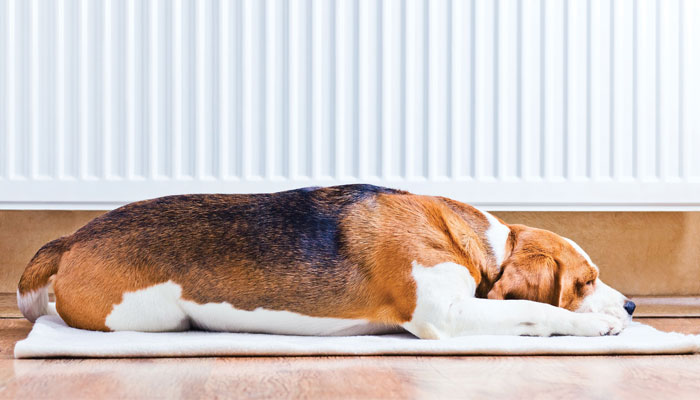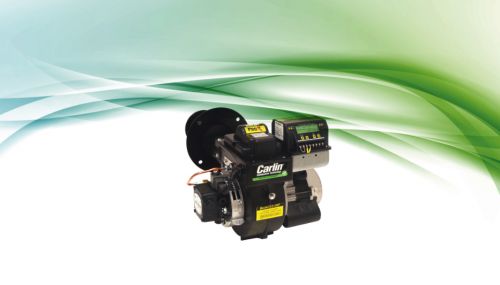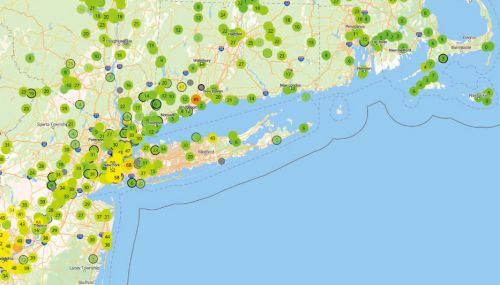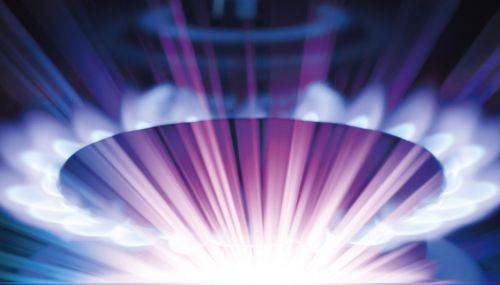Help customers appreciate the comfort advantages that a smart system can deliver
Hydronics is defined as “…a system of heating or cooling that involves transfer of heat by a circulating fluid in a closed system of pipes.”
When it comes to heating, water is a great transporter of heat: You can pack more BTUs per cubic inch into water than any other medium. For instance, traditional ¾-inch fintube baseboard will provide approximately 600 Btus per foot at 180°F. And you can do so much with water when it comes to heating.
Selling hydronics is about selling efficiency and comfort. Efficiency is an easy sell since everyone wants to save money. Selling comfort should be just as easy but often gets lost in the conversation. A lot is taken for granted when it comes to comfort as most folks tend to just “deal with it”. It is our job to ask the right questions and then to provide the solution.
Convection, Conduction and Radiant
There are three ways to extract heat from water—convection, conduction and radiant. All types of heat emitters use these three methods to transfer heat. A cast iron radiator gets hot to the touch as a result of conduction, it heats the air by convection, and it radiates heat to nearby objects. Every heat emitter from baseboard to radiant utilizes these three methods in varying degrees. Helping your client understand the benefits of each will help you to sell more hydronics.
It is well understood that high efficiency means savings. What is not so well understood is that a high efficiency boiler replacement is only one part of the story. The modern condensing boiler operates on the principle of delivering just the right amount of heat to get the job done. Utilizing outdoor sensors, the boiler will modulate the water temperature based on the changes in outside temperature. When sized correctly, the boiler will satisfy all demands all of the time. Should the boiler be oversized then it will short cycle and efficiency will be affected.
It is also important that attention be paid to the heat emitters themselves. Because the condensing boiler operates best with water return temperatures below 130°F, the existing terminal units need to be sized such that they will provide satisfactory comfort at lower supply temperatures.
Traditional baseboard is designed to deliver approximately 600 BTUs at 180°F; lower the water temperature to 140°F and the output of that same baseboard is reduced by almost 50 percent. In this case it may be necessary to either replace or add emitters that are designed to provide higher heat outputs at lower temperatures. The additional expense of upgrading to a high efficiency boiler can be quickly lost if no regard is paid to the distribution system.
Hydro-Air Creates Options
Hydro-air is a concept that allows air conditioning to be incorporated with hydronic space and domestic water heating. Utilizing air handlers with dual coils—one each for heating and cooling—a homeowner can now have it every which way as the options are many: forced convection via the air handler; natural convection perimeter emitters; radiant tubing; kickspace heaters for those hard-to-get-at areas; panel radiators; towel warmers; indirect water heaters and so on. The hydro-air system truly demonstrates the versatility of hydronic heating and the multiple options available to your clients to enhance their comfort.
In the past, it was difficult to significantly improve the operating efficiencies of heating systems without a substantial cost. With the recent introduction of affordable add-on controls that modulate water temperature, contractors can now offer their clients the opportunity to reduce fuel usage by as much as 15 percent. While this type of control is now provided with all new boilers, we cannot forget that there are many boilers that will not be replaced for years to come. Replacing a fixed-speed circulator with a variable-speed Delta-T circulator can also increase the overall system efficiency. By monitoring the supply and return temperatures, the circulator is able to deliver just the right amount of BTUs the system requires. This means the Delta-T will always be the 20 degrees the system was designed to operate at even as the heating load changes due to closing zone valves or changes in the outdoor temperature.
When it comes to heating water for personal use, hydronics provides the easiest and most cost effective solution. A stainless steel indirect water heater, unlike its glass lined counterpart, should last for decades. Think of it as a utility trailer—you are driving there anyway so why not hook up a trailer, which is a whole lot cheaper than the cost of operating a separate vehicle?
It is important to remember that a good understanding of hydronics and the many ways in which it can be utilized will allow you to ask the right questions and provide the solutions for your clients’ needs for efficiency, comfort or convenience.





